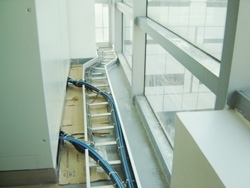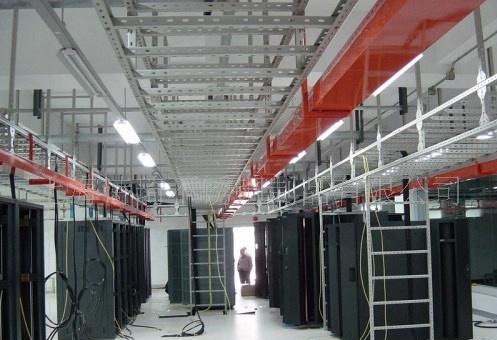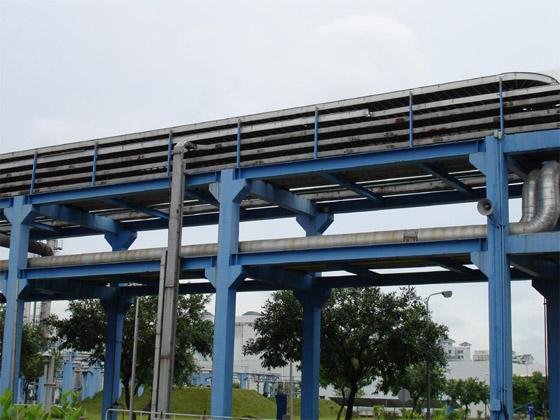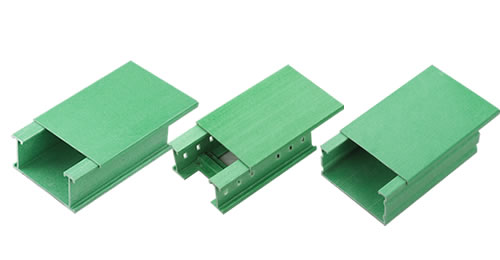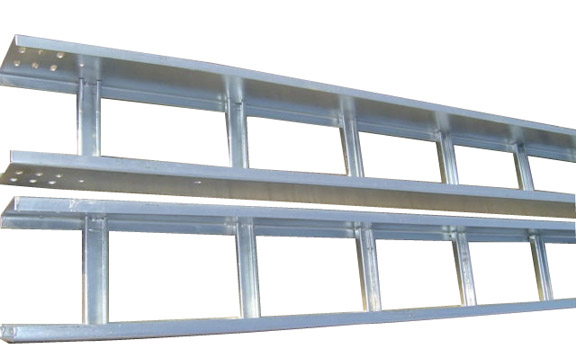電纜橋架和線槽的使用區域有哪些?
1、尺寸規格不同:電纜橋架比較大(200100 ~ 1200200),線槽比較小。如果電纜和電線較多,建議使用橋架。
1. Different size specifications: Cable trays are relatively large (200100~1200200), while cable trays are relatively small. If there are many cables and wires, it is recommended to use cable trays.
2、材料厚度不同:金屬線槽又叫槽橋,一般是由一整塊鋼板彎折而成的槽形構件,厚度為0.4-1.5 mm,從概念上來說,它與電纜橋架的區別在于高寬比,托盤較淺較寬,金屬線槽具有一定的深度和密封性。然而,電纜橋架比線槽更堅固,線槽用于鋪設電纜和電線,通常用于高壓系統。
2. Different material thicknesses: Metal cable trays, also known as trough bridges, are generally groove shaped components made by bending a single steel plate, with a thickness of 0.4-1.5 mm. conceptually, the difference between them and cable trays lies in the aspect ratio, with trays being shallower and wider, and metal cable trays having a certain depth and sealing performance. However, cable trays are more sturdy than trunking, which is used for laying cables and wires and is typically used in high-voltage systems.
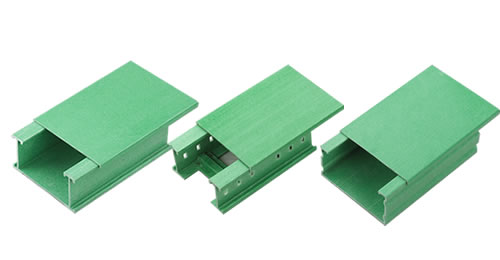
3、不同填充率:線槽內電線電纜總截面不應超過線槽內截面的20%,載流導體不應超過30根,而橋架內電纜總截面不應超過截面的40%。這是因為安裝高度不同。如果安裝高度低,必須有蓋板。有蓋板散熱不好,填充率就要小一些。
3. Different filling rates: The total cross-sectional area of wires and cables in cable trays should not exceed 20% of the cross-sectional area in cable trays, the number of current carrying conductors should not exceed 30, and the total cross-sectional area of cables in cable trays should not exceed 40% of the cross-sectional area. This is because the installation height is different. If the installation height is low, there must be a cover plate. If there is a cover plate with poor heat dissipation, the filling rate will be lower.
4、密封性不同:金屬線槽密封性好,不需要支架支撐,可敷設在電纜溝和建筑夾層內。槽式橋架有些是半敞開式的,必須用支架支撐。它們一般豎立在室內或室外的空中。
4. Different sealing properties: Metal cable trays have good sealing properties and do not require support brackets. They can be laid in cable trenches and building interlayers. Some trough type cable trays are semi open and must be supported by brackets. They are usually erected in the air indoors or outdoors.
5、不同強度:電纜橋架主要用于敷設電力電纜和控制電纜,線槽強度較低,通常用于敷設電線和通信電纜,比如網絡電話等。
5. Different strengths: Cable trays are mainly used for laying power cables and control cables, while cable trays have lower strength and are usually used for laying wires and communication cables, such as network telephones.
6、轉彎半徑不同:橋架拐彎半徑比較大,大部分線槽都是直角轉彎。
6. Different turning radii: The turning radius of cable trays is relatively large, and most cable trays turn at right angles.
以上的精彩內容來自:濟南電纜橋架更多精彩內容請點擊我們的網站查看更多:http://www.xcxshg.com
The above exciting content comes from: Jinan Cable Tray. For more exciting content, please click on our website to view more: http://www.xcxshg.com



